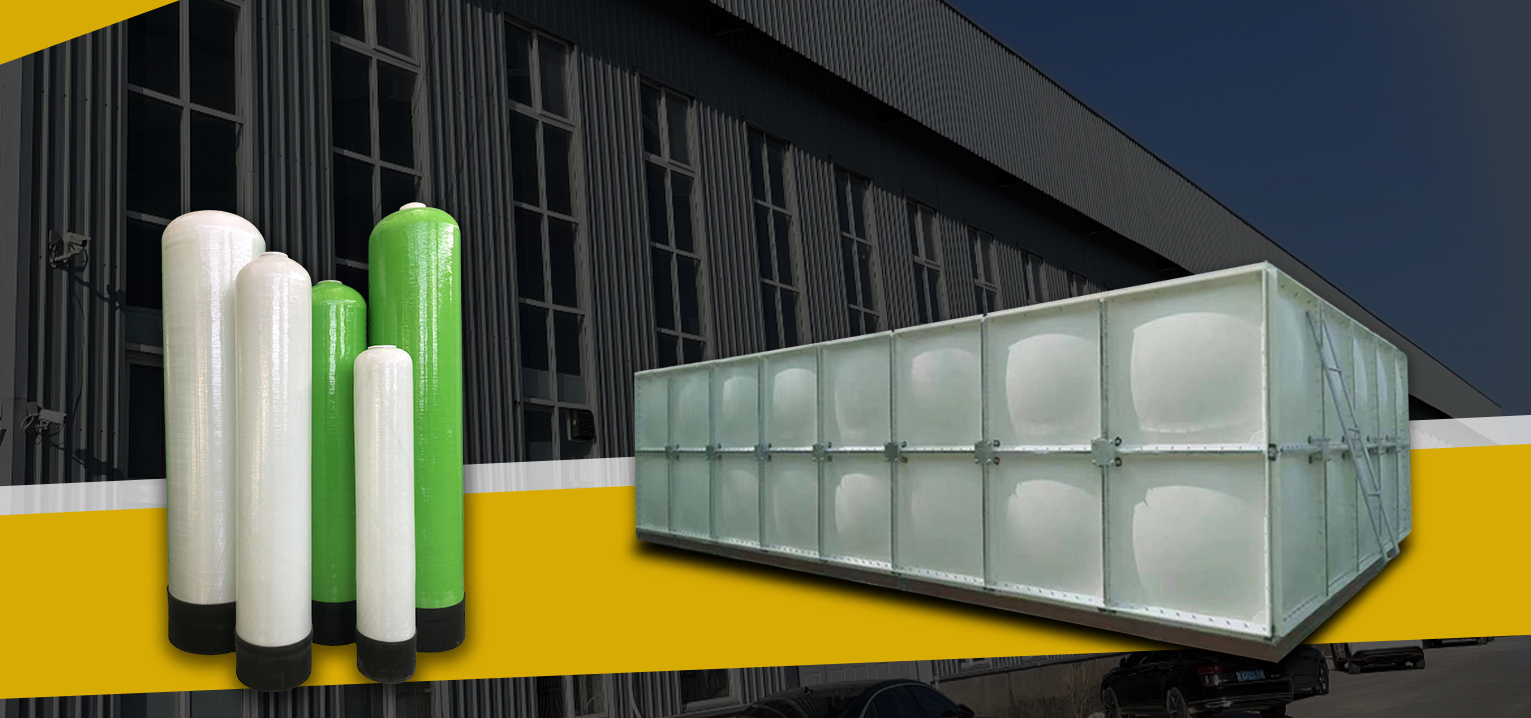loading...
- No. 9, Xingyuan South Street, Dongwaihuan Road, Zaoqiang County, Hengshui, Hebei, China
- admin@zjcomposites.com
- +86 15097380338
- Welcome to visit our website!
frp protruded grating
Understanding FRP Protruded Grating Features, Benefits, and Applications
Fiber Reinforced Plastic (FRP) protruded grating has become a popular solution in various industries due to its unique properties and advantages over traditional materials. This innovative material combines durability, lightweight design, and resistance to harsh environments, making it ideal for a range of applications. In this article, we'll explore the features, benefits, and applications of FRP protruded grating, highlighting why it may be the best choice for your next project.
Features of FRP Protruded Grating
FRP protruded grating is manufactured by combining fiberglass and a thermosetting resin, offering a robust structure that is both lightweight and strong. The protruded design creates a three-dimensional surface that enhances safety and provides a slip-resistant walking surface. Typically, FRP grating is available in various thicknesses, sizes, and colors, allowing for customization according to specific requirements.
The grating’s design includes a series of bars that are interlaced, providing support while allowing for the drainage of liquids and preventing the accumulation of debris. This feature is particularly beneficial in environments where moisture can be a concern. Additionally, the fiberglass composition ensures that the grating remains unaffected by rust, corrosion, or decay, further extending its lifespan.
Advantages of Using FRP Protruded Grating
1. Durability One of the most significant advantages of FRP grating is its exceptional durability. Unlike steel or wood, FRP grating does not suffer from rust, corrosion, or wood rot, making it a long-lasting solution for outdoor and industrial environments.
2. Lightweight and Easy to Install FRP grating is significantly lighter than traditional options, making it easier to handle and install. This can lead to reduced labor costs and quicker project completion.
3. Safety Features The protruded surface design of the grating provides excellent slip resistance, which enhances safety in areas prone to spills and wet conditions. This makes FRP grating an ideal choice for walkways, platforms, and other pedestrian spaces.
4. Chemical Resistance Many industries, including chemical processing, use FRP grating due to its resistance to a wide range of chemicals. This capability ensures that the grating will maintain its integrity even when exposed to harsh substances.
frp protruded grating

5. Low Maintenance Requirements The non-corrosive nature of FRP grating means that it requires little maintenance over its lifespan. Regular cleaning is usually sufficient to keep it in good condition, saving time and resources.
Applications of FRP Protruded Grating
FRP protruded grating has found extensive use across various industries due to its versatility. Here are some notable applications
- Industrial Facilities In factories and manufacturing plants, FRP grating is commonly used for walkways, platforms, and drainage covers. Its durability against chemicals and heavy traffic make it a recommended choice.
- Water Treatment Plants Given its resistance to corrosion and ability to handle wet conditions, FRP grating is ideal for use in water and wastewater treatment facilities, where exposure to water is constant.
- Marine Environments FRP grating is often utilized in marinas and on docks, as it can withstand the harsh effects of saltwater and UV radiation without degrading.
- Food Processing Facilities The hygienic properties and easy cleaning aspects of FRP grating make it suitable for food processing, where contamination risks must be minimized.
- Construction and Infrastructure From bridges to walkways, FRP grating provides a lightweight and robust solution for construction projects, making it easier to meet weight specifications without sacrificing strength.
Conclusion
FRP protruded grating represents a significant advancement in grating technology, combining strength, safety, and resistance to harsh environmental conditions. Its lightweight nature, durability, and low maintenance requirements make it a compelling choice for various industries. Whether for industrial applications, marine uses, or construction projects, FRP grating offers a reliable and efficient solution that can enhance operational performance and safety. As industries continue to evolve, the adoption of advanced materials such as FRP grating will likely grow, paving the way for more innovative construction practices.
-
GRP Structures: The Future of Lightweight, High-Performance EngineeringNewsJun.20,2025
-
FRP Water Tank: High-Performance Storage for Corrosive and Clean Water SystemsNewsJun.20,2025
-
FRP Square Tube: The New Industry Standard for Chemical and Structural ApplicationsNewsJun.20,2025
-
FRP Pultruded Profiles: The Ultimate Choice for Lightweight Structural StrengthNewsJun.20,2025
-
FRP Handrails: The Safer, Smarter, and Stronger Choice for Modern InfrastructureNewsJun.20,2025
-
FRP Grating: The Smart Solution for Durable, Lightweight Industrial FlooringNewsJun.20,2025
-
Why Choose a Galvanized Water Tank for Your Storage NeedsNewsMay.21,2025
